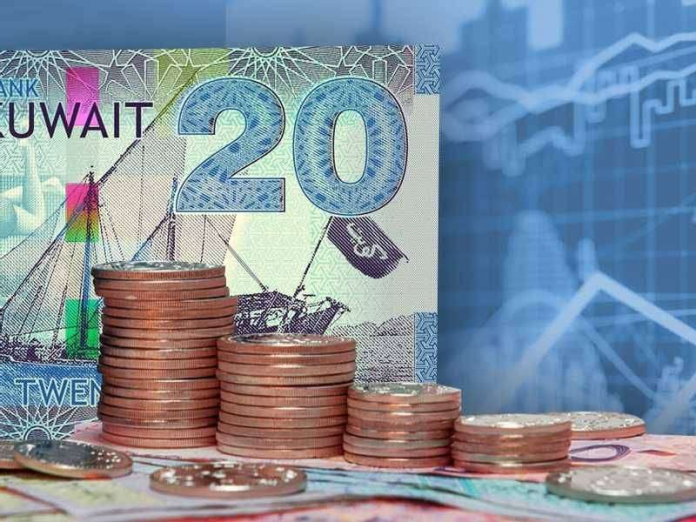In its latest report, the Institute of International Finance expected the Kuwaiti economy’s growth to accelerate to 7 percent this year on the back of a 10 percent increase in oil production, with the current account surplus likely to widen mainly due to the rise in oil exports.
As for the fiscal deficit, excluding investment income, the institute expected it to turn into a surplus equal to 8.3 percent of GDP. It also expected that Kuwait’s nominal GDP would reach $170.6 billion this year and 166.8 billion in 2023, reports a local Arabic daily.
According to the Institute’s estimates, inflation will rise to an average of 3.7 percent in 2022, to decrease to 2.3 percent next year, and the current account balance is expected to reach $52.6 billion this year and 41.4 billion in 2023, with a decrease in foreign assets.
The institute pointed out that the foreign assets managed by the Kuwait Investment Authority will remain enormous, reaching 678 billion dollars in 2022, which is equivalent to 400 percent of the gross domestic product, despite the big losses in global equity investments.
He stated that the Kuwaiti banking system still enjoys good capitalization and liquidity thanks to the skillful supervisory supervision of the Central Bank of Kuwait and strong financial reserves.
On the other hand, the report indicated that labor shortages, delays in shipping, and restrictions imposed on public bodies led to delays in the payment cycle of major government projects, which in turn led to continued weak investment in infrastructure.
The institute believes that in the absence of tangible structural reforms, foreign direct investment in Kuwait remains the lowest in the region, expecting that Kuwait will have the lowest financial break-even point for the price of a barrel of oil in its budget among most major oil exporters (Saudi Arabia, Russia, UAE, and Iraq), when $55.6 this year, and $56.4 in 2023.
The Institute of International Finance still assumes that the average price of Brent crude will reach $101 per barrel in 2022 and $90 in 2023.
The institute pointed out that on the fifth of October, the “OPEC +” alliance agreed to reduce its combined production by 2 million barrels per day, starting from November, but the institute, however, expects that the actual reduction will be about 1 million barrels per day (1 percent of global supply), as half of the members of “OPEC +” (particularly Nigeria, Angola, Kazakhstan and Azerbaijan) are currently producing much less than the target, and Saudi Arabia is likely to bear UAE and Kuwait expected reductions.

















